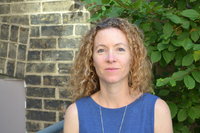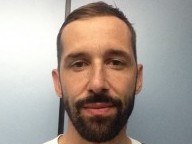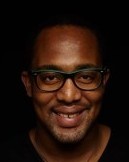By Alex andra Rodney, Student Innovation Leader, Operations Team
andra Rodney, Student Innovation Leader, Operations Team
At the Innovation Hub, the Operations and Design team is providing support to the five domain teams. Over the course of this project our team has switched gears from a focus on “research” to a focus on “design”. Why the shift? We purposely wanted to move the conversation to a focus on design-thinking in order to help team members break free from other research methodologies and approaches to problem solving. In this way we can encourage creativity by breaking free from our habitual practices and developing new ways of thinking. By encouraging a focus on design, we are contributing to helping the hub teams “undo” our learned problem-solving patterns and making way for innovation in both process and result.






